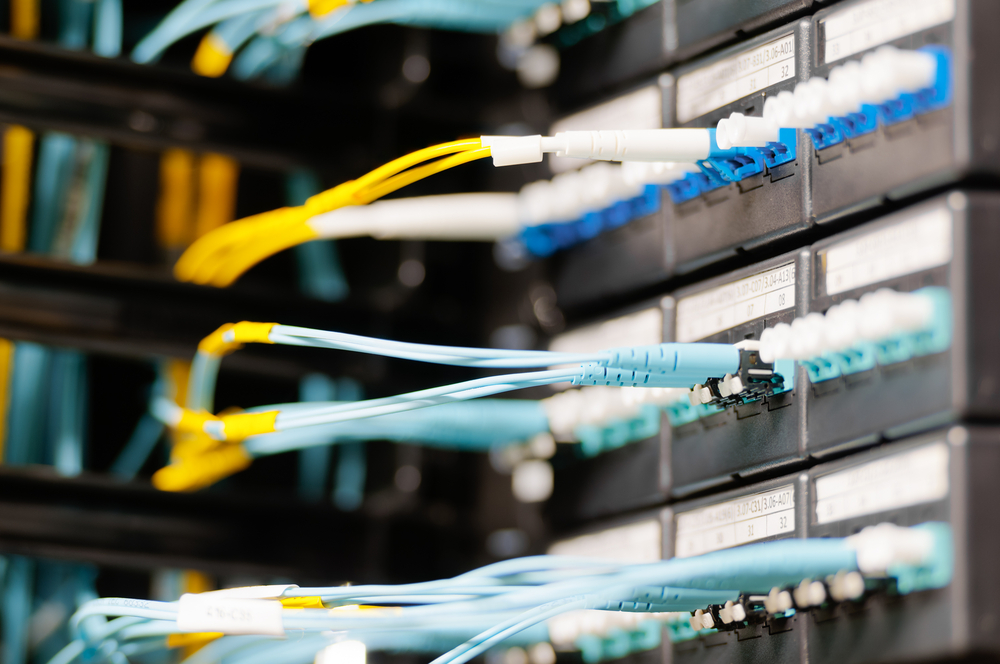- A large amount of the consumed energy goes to waste due to lack of Energy Proportionality in the energy consumption profile of IT devices which tend to consume close to maximum power independently of their actual workload.
4 April 2014: In recent years the high energy consumption of IT devices (computers, servers, networks) and supporting infrastructure (cooling systems, UPS’s, etc.) has raised substantial concern for both environmental and cost control reasons. A large amount of the consumed energy goes to waste due to lack of Energy Proportionality in the energy consumption profile of IT devices which tend to consume close to maximum power independently of their actual workload.
Making devices energy proportional is becoming a priority for component and system manufactures but this long term objective is expected to take several years until fully realized. An alternative solution that can be applied relatively fast is to permit groups of devices (server farms, network segments, etc) to behave collectively as an energy proportional ensemble, despite being made of energy un-proportional devices. The key to achieving this objective is putting some of the devices to sleep or lower power modes when the aggregate workload subsides, thus permitting the group to handle the offered load with fewer devices kept online. In Telefonica R&D we are investigating the potential of this idea in the context of two important applications/technologies: highly distributed Nano Datacenters, and broadband access networks.
Nano datacenters (NaDa) is the next step in data hosting in the content distribution paradigm. NaDa uses smart home devices that the ISP can control like smart gateways, set-top-boxes, etc to construct a managed Peer-to-Peer (P2P) network that can perform content distribution more economically than traditional centralized datacenters. Among others NaDa provides energy savings by reusing already powered on devices, avoids cooling costs, and limits the number of network hops between servers and clients.
Access networks include modems, home gateways, and DSL Access Multiplexers (DSLAMs), and are responsible for 70-80% of total network-based energy consumption.
For example, in Europe alone, it has been estimated that broadband equipment will be consuming approximately 50 TWh annually by the year 2015. This compares to the 61TWh in the US annually in data center consumption.
In Telefonica Research, we propose energy saving opportunities in broadband access networks, both on the customer side and on the ISP side. On the user side, the combination of continuous light traffic and lack of alternative paths condemns gateways to being powered most of the time despite having Sleep-on-Idle (SoI) capabilities. To address this, we introduce Broadband Hitch-Hiking (BHH), that takes advantage of the overlap of wireless networks to aggregate user traffic in as few gateways as possible. In current urban settings BH2 can power off 65-90% of gateways. Powering off gateways permits the remaining ones to synchronize at higher speeds due to reduced interference from having fewer active lines. Our tests reveal speedup up to 25%.
On the ISP side, in the distribution frame each ADSL is terminated into one of the modems belonging to a DSLAM line card. The inflexibility of current deployments makes impossible to group active lines into a subset of cards letting the remaining ones sleep. We propose introducing simple inexpensive switches at the distribution frame to enable a flexible and energy proportional management of the ISP equipment.
Overall, our results show an 80% energy savings margin in access networks. The combination of BHH and switching gets close to this margin, saving 66% on average.









